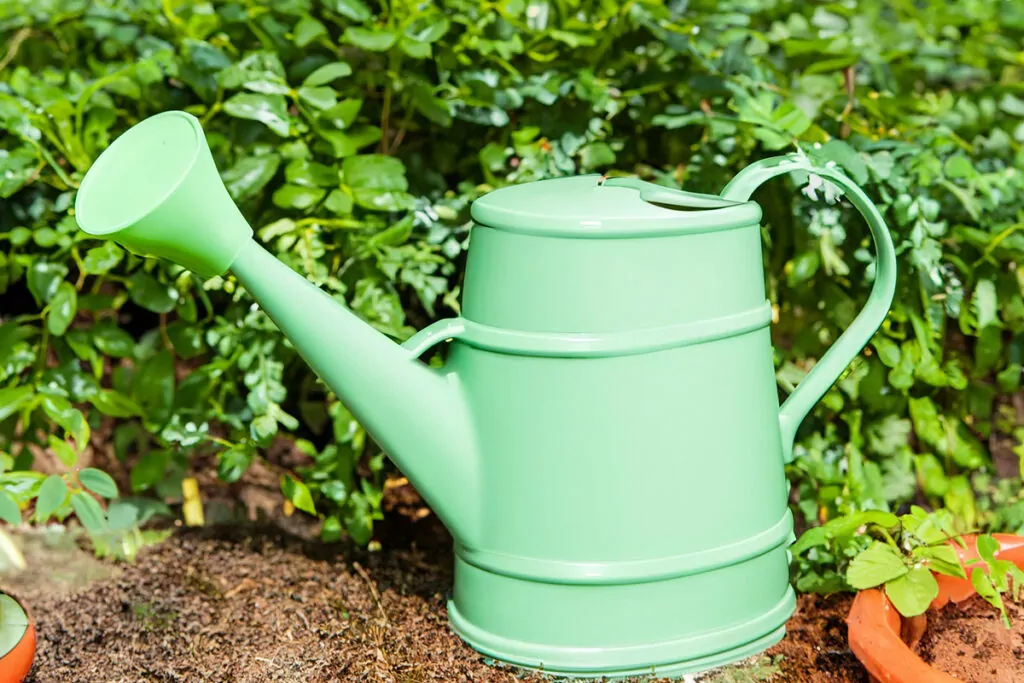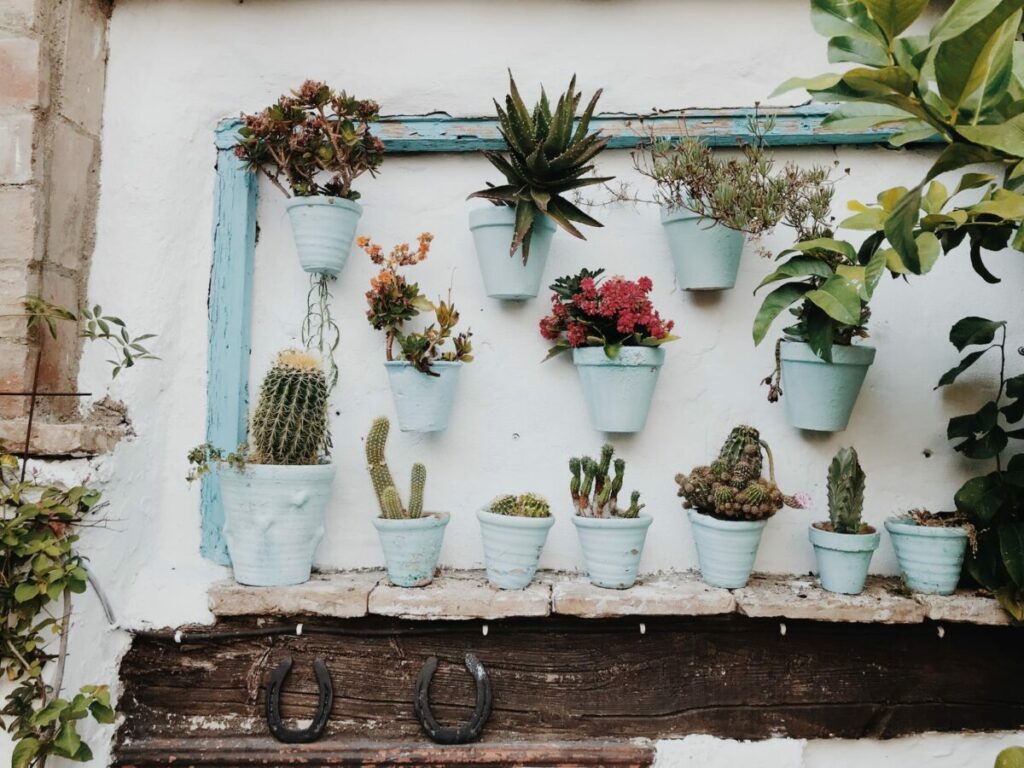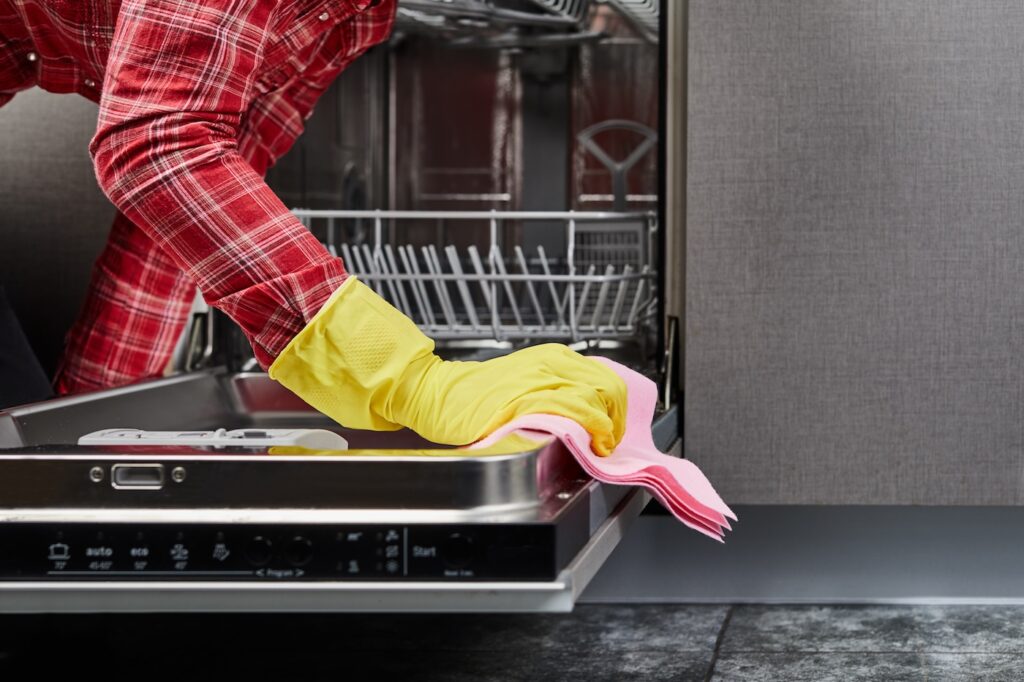Did you know that there’s a right and a wrong way on how to plant plants? It requires more than just digging a hole and plopping in an outdoor plant, hoping it grows. You don’t have to be a pro to learn how to plant plants properly either! All you have to do is take a look at this helpful guide that will teach you how to plant plants step-by-step.
Before Getting Started
Planting a plant the right way can make a huge difference in its survival. That starts with preparation and planting, including knowing how to plant plants in the ground or how to plant plants in pots.
Before choosing a plant to plant, you’ll need to know what kind of soil you have. Different plants require different soils. The best kind of soil is one that allows roots to grow and spread easily, somewhere in between a sticky and sandy consistency. Planning out your plants ahead of time, and any plant services you’ll need when you’re away, is the best way to set up your plants for success.
How to Plant Plants in the Ground
There’s a time and a season for everything—and that includes knowing when to plant plants in the ground. Knowing how to plant plants in the ground involves ensuring that you choose a time when the weather is gentler and will give your plants a chance to grow better and create the perfect oasis. Planting in the spring or fall is usually best.
1. Dig the Chosen Spot

To get started planting your plants, dig a hole in the ground with a spade. The hole should be slightly wider than the container that the plant comes in. A properly spaced hole gives the plant a chance to grow.
2. Remove the Plant from Its Container

Grip the base of the plant with one hand and tug on the pot with the other hand to loosen the plant from the container. The pot should slide off easily. If not, you can always hit the pot against a hard surface to loosen it up or use scissors or a knife to pry it out.
3. Inspect the Roots

You’ll want to check the roots of your outdoor plant to make sure they’re not tangled, coiled, or damaged. Unwind and cut any thick coiled or damaged roots to make the planting and growing process easier for the plant.
4. Position the Plant

Set the roots into the already dug hole and make sure it’s level or slightly higher than the surface.
5. Add Soil and Water

Add more top soil to fill in the hole and pat it down firmly with your hands or spade. Then, water the soil until it’s moist, removing any leftover air pockets.
How to Plant Plants in Pots
1. Choose Your Pot

Pots made of plastic are inexpensive and resistant to damage. It’s good for plants that love moisture like orchids and aloe vera. However, this makes it easy to overwater your plants. If you’re unsure about how much water to use for your plants, a clay pot is a better choice. You can even hang your potted plants from the ceiling for a stunning display at home.
2. Buy Soil

Buy soil perfect for pots at your local gardening center. You’ll want soil mixes that are made with a combo of peat moss, vermiculite, and organic matter. Avoid using dirt from your garden or yard as it isn’t suitable for potted plants.
3. Add Soil to the Pot

The amount of soil depends on the size of your plant. Add enough soil so that the plant’s bottom is about 1” below the rim of the pot. The bottom of the plant is where the roots meet the stem.
4. Place the Plant in the Pot

If your plant is in a container, remove it first before placing it into the pot. Hold onto the plant and then flip it upside down to remove it from the pot. Avoid tugging on the plant so you don’t accidentally damage the plant. Then move the plant into the pot and cover the roots with soil.
5. Water the Plant

Water the plant well until the soil is wet and water comes out of the drainage holes in the pot.
Next Steps: Aftercare
1. Water
Add water once a week to keep the soil moist. Potted plants will need water more frequently than regular plants. Flowers and small bushes can be watered with a hose, can, or water irrigation system.
2. Fertilize
You can buy liquid fertilizer at your local gardening center. Pour fertilizer over outdoor plants like flowers a week after planting and every 2 to 3 months afterwards. Give indoor plants a dose of fertilizer every 2 or 3 weeks after the initial dose.
3. Mulch
Mulch helps keep the soil moist and manages the soil’s temperature. For outdoor plants, it also controls weeds. Mulch should be 2 to 4 inches deep and cover the entire planting hole without touching the plant.
4. Prune
Prune lightly by carefully inspecting your plants and removing any dead, broken, or diseased parts during planting.
Need Help With Your Garden?
If you need help with yard work or creating your own garden, you can always turn to Taskers for a set of helpful green thumbs that know how to plant plants at any time.














